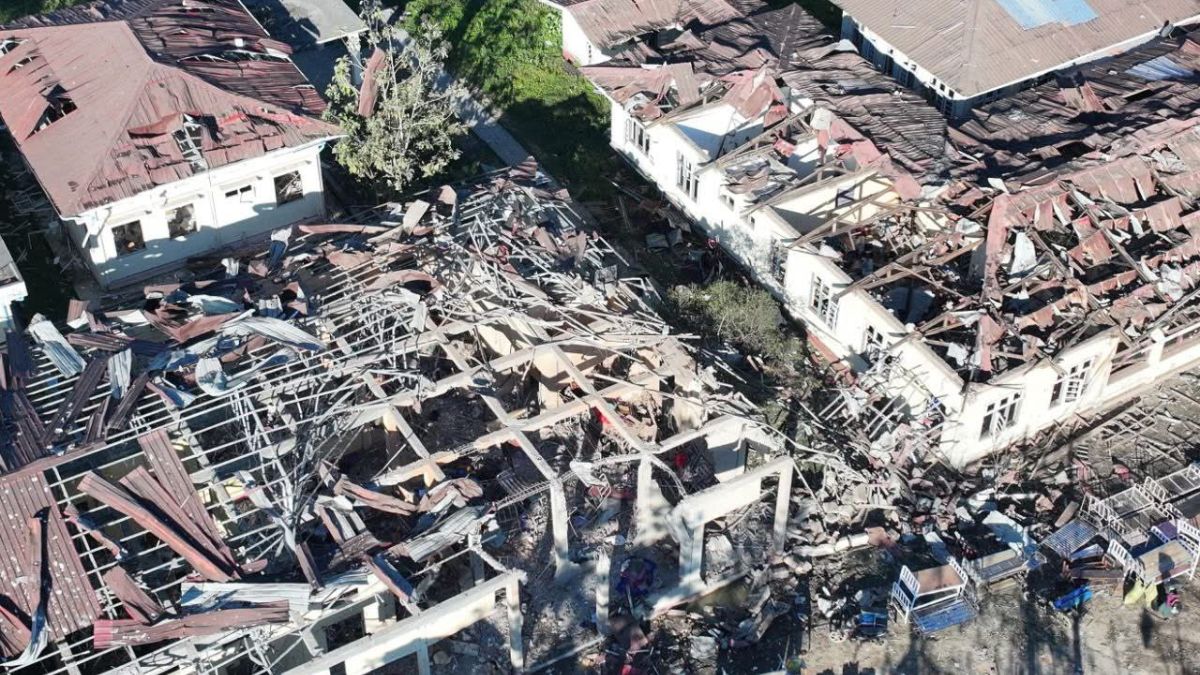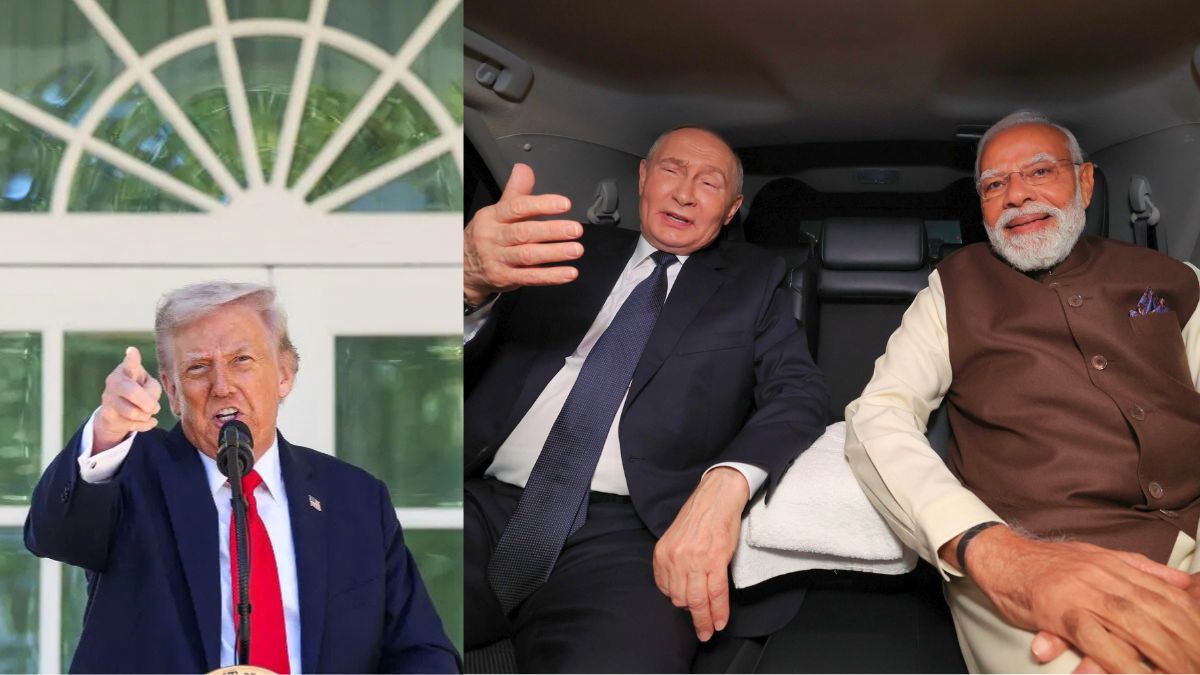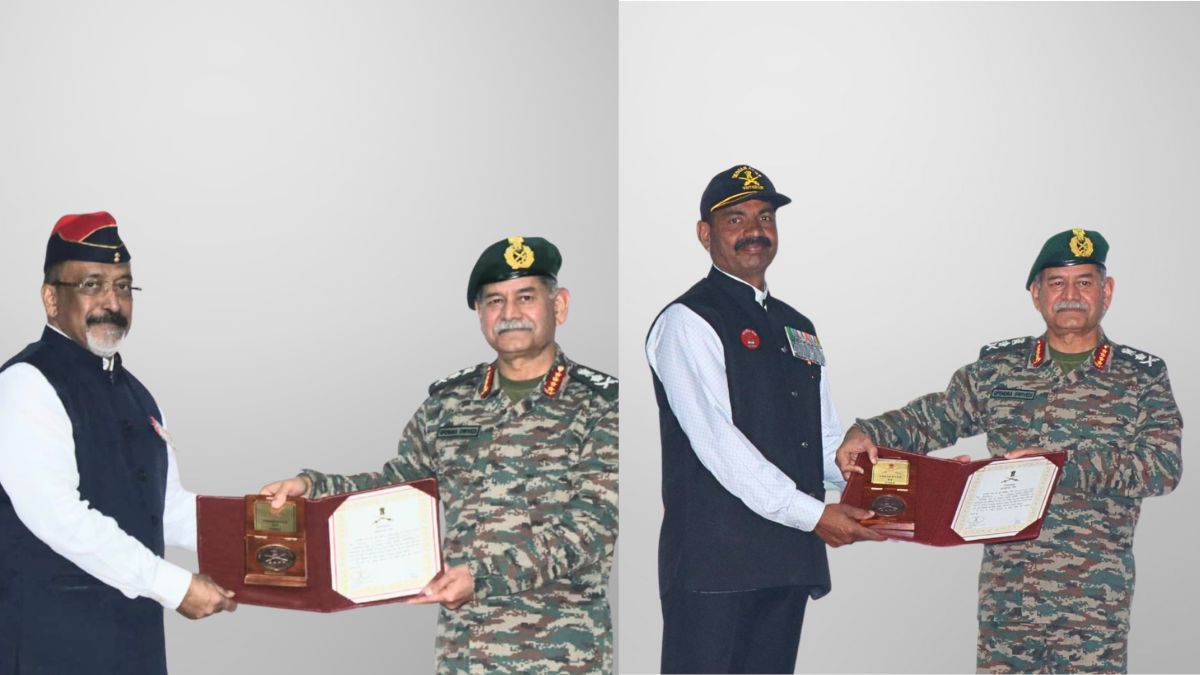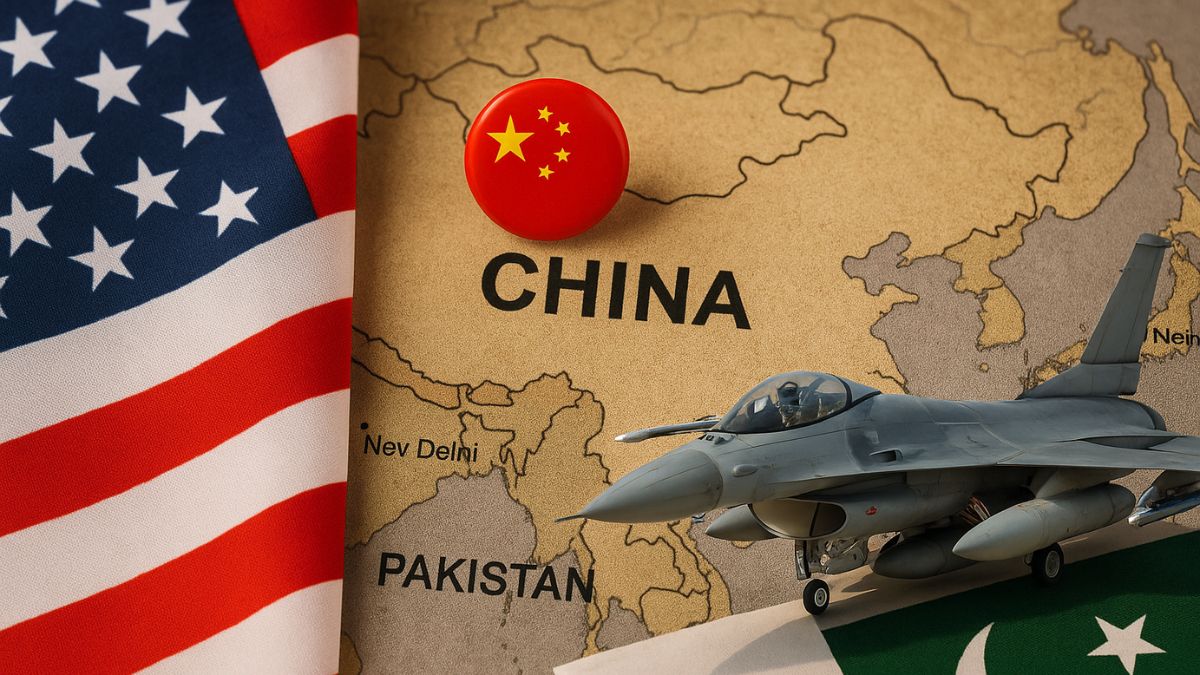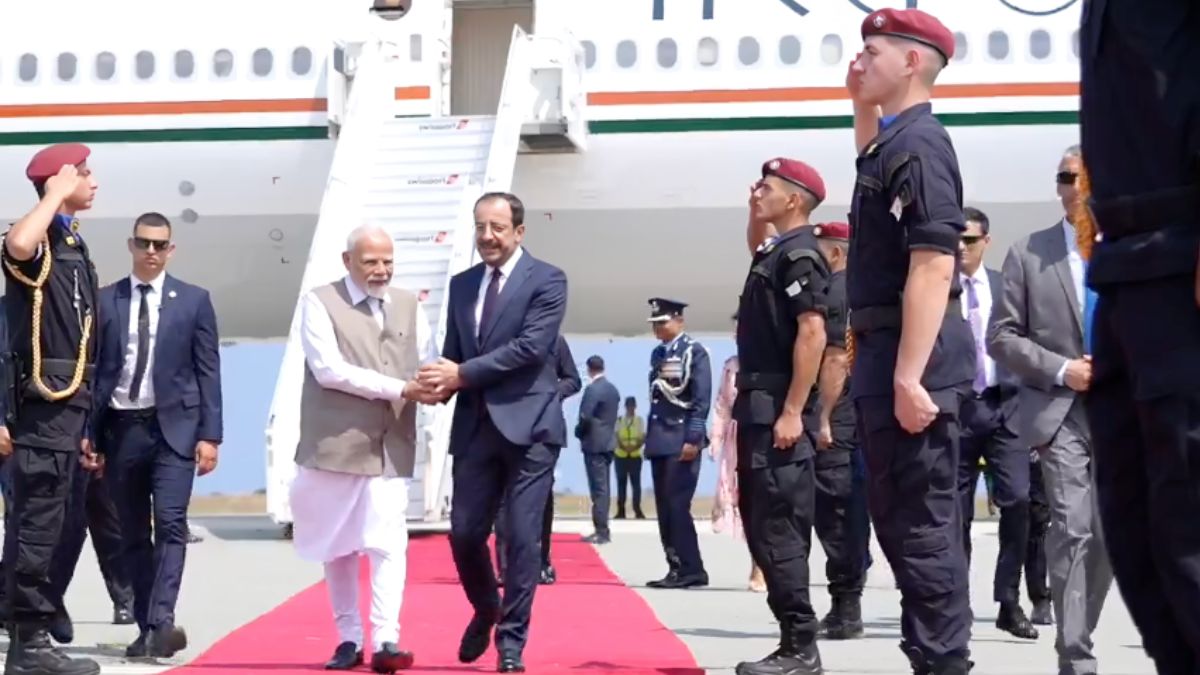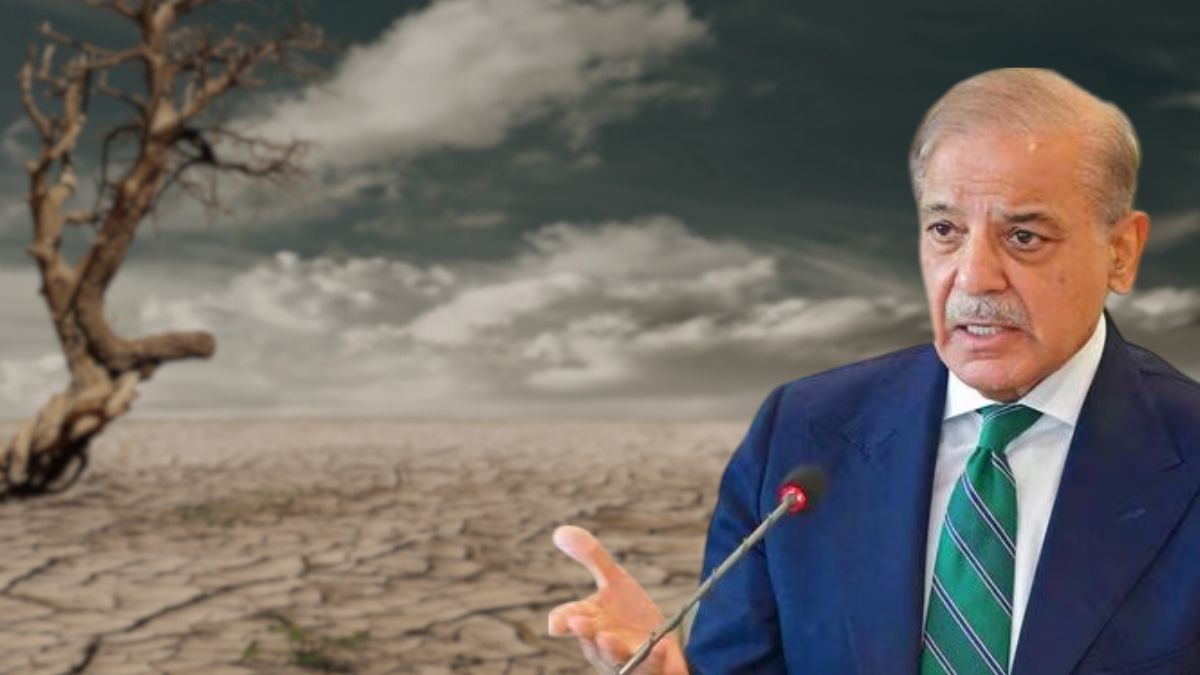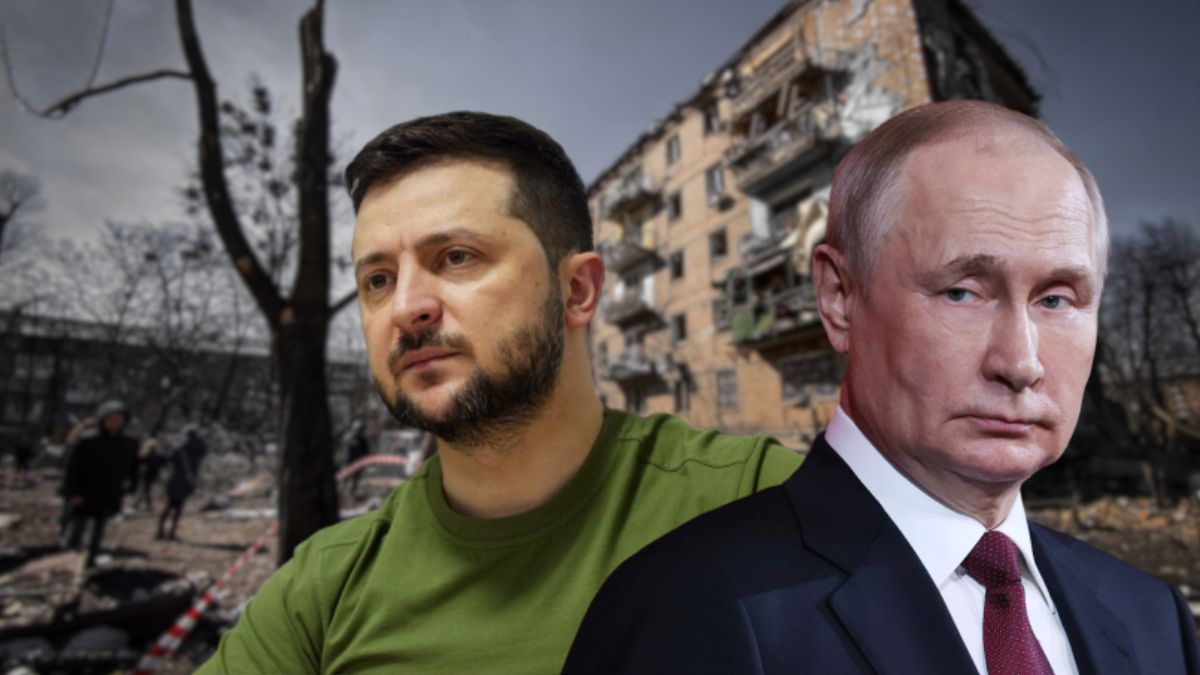Don’t Mess With Gen Z: Protests Over Social Media Ban Makes Nepal PM KP Sharma Oli Resign
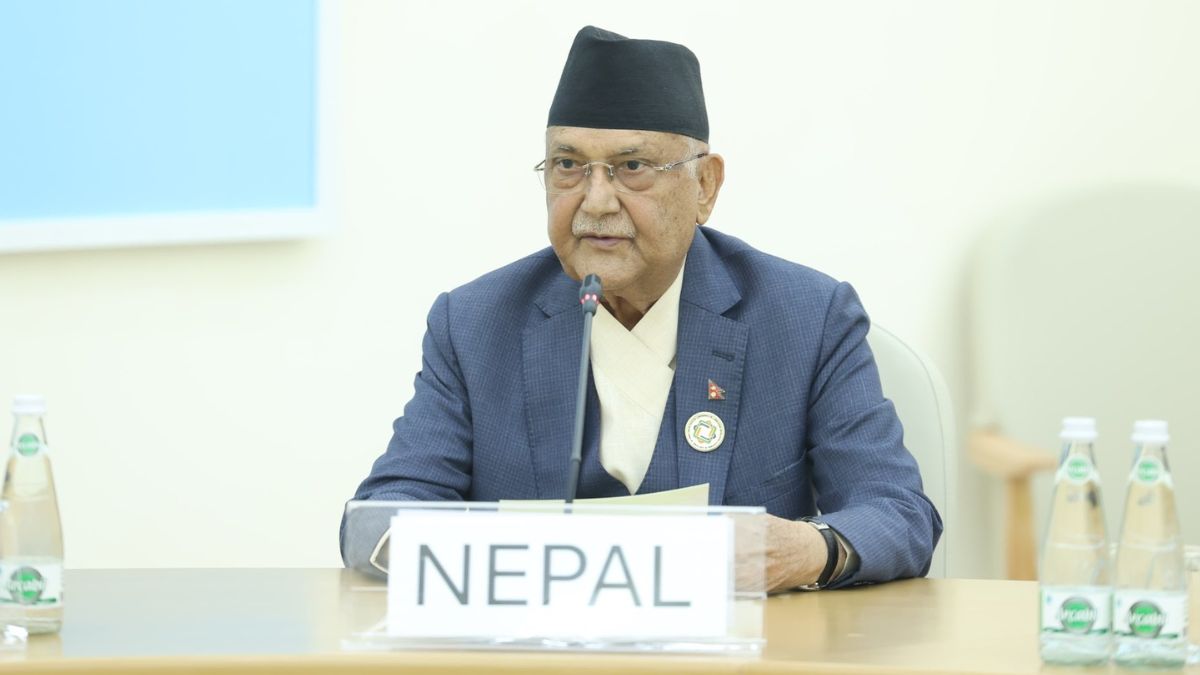
Nepali Prime Minister KP Sharma Oli has resigned after mass "Gen Z" protests over his social media ban. Image courtesy: X.com/@kpsharmaoli
Nepal’s Prime Minister KP Sharma Oli stepped down on Tuesday (September 9, 2025), citing an urgent need to pacify the country’s political crisis. His resignation follows a wave of unrest that saw young protesters setting fire to government buildings, defying curfews, and demanding an end to corruption. The trigger: a controversial social media ban. The death toll from clashes between security forces and demonstrators climbed to at least 19.
The ruling coalition attempted a conciliatory gesture by lifting the ban late Monday (September 8, 2025), but the concessions came too late. Spiralling violence and amassed youth resistance left Oli politically isolated and his administration unraveling, media reports said.
What sparked the ‘Gen Z’ protests?
The government’s decision on 4 September to block 26 social media platforms, including Facebook, X, WhatsApp, and YouTube, was officially justified by their failure to register under new regulations. In reality, the ban amplified outrage among Nepal’s youth, many of whom used these platforms to call out corruption and excess.
Organised via Instagram, Reddit, and other platforms, protests erupted across Kathmandu and in cities like Lalitpur and Bhaktapur. Protest banners read “KP Chor, Desh Chhod” (KP thief, leave the country), but calls for government resignation quickly merged with broader anti-corruption demands.
How did the protests escalate to deadly violence?
Security forces deployed tear gas, rubber bullets, and live ammunition to disperse protesters attempting to storm Parliament and other key locations. At least 19 people were killed and hundreds injured in what has become the deadliest unrest since Nepal’s 2006 democracy movement.
Protesters escalated tension by torching the Prime Minister’s residence in Bhaktapur, as well as the homes of other political figures including the former Home Minister and several opposition leaders. Curfews were imposed in multiple cities but met with defiance.
Why did the PM resign?
Amid mounting political pressure, mounting casualties, and intensifying mobilisation, Oli tried to shift the tone by calling for an all-party dialogue. It wasn’t enough. By Tuesday, he offered his resignation “to help facilitate a solution” and avoid further bloodshed.
Home Minister Ramesh Lekhak also tendered his resignation, acknowledging the government’s misjudgment in responding to the protests.
Where does Nepal go from here?
With the social media ban lifted and the government in disarray, Nepal faces a moment of transition and potential reform. The momentum lies with the youth, whose activism reflects deeper frustrations over corruption, inequality, and suppression of free expression. International bodies have called for independent inquiries into the killings, even as Nepal’s neighbours watch the unfolding crisis.

